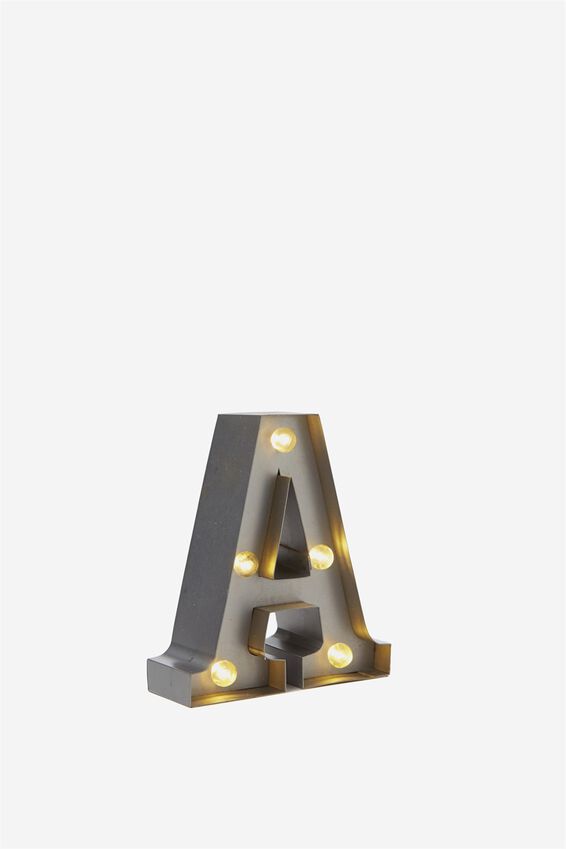Hi everyone,
Sorry, electrical noob here. I know I can probably spend some time googling to piece together a solution (I've tried but haven't yet gotten all the answers I need yet), but I'm eager to do up a lighting display for my kid's room, hence hoping you guys can help me out here.
I have 8 lighting displays that each uses 3x LR44 batteries (1.5V, 150mAH each) in series. I would like to wire them all up to a single AC adaptor. I have a few questions:
Here's an example of the light.

Sorry, electrical noob here. I know I can probably spend some time googling to piece together a solution (I've tried but haven't yet gotten all the answers I need yet), but I'm eager to do up a lighting display for my kid's room, hence hoping you guys can help me out here.
I have 8 lighting displays that each uses 3x LR44 batteries (1.5V, 150mAH each) in series. I would like to wire them all up to a single AC adaptor. I have a few questions:
- Option 1: Using an adaptor with 9V DC output, can I just wire the lights into 4 paralleled series of 2 lights each? i.e. 2 lights in each parallel circuit (2 x 3 x 1.5V = 9V)
- Option 2: Using an adaptor with 5V DC output, can I just wire the lights into 8 paralleled series of 1 light each? i.e. (3 x 1.5V = 4.5V) in each parallel circuit
- Which option is preferable?
- Do I need any other components such as a voltage regulator or can I just wire the adaptor directly to the lights?
- What is the minimum output amperage that I would need?
Here's an example of the light.


